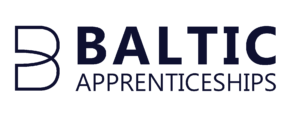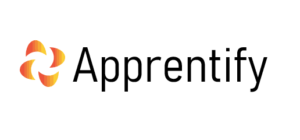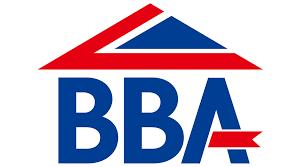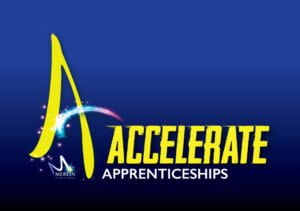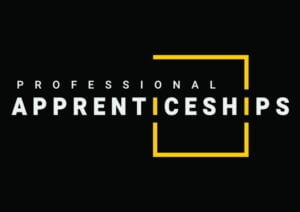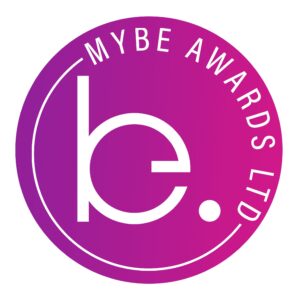6 Ways to Demonstrate Skills and Behaviours in End Point Assessment
The purpose of end point assessment is to judge how apprentices applied the knowledge, skills and behaviours they acquired during their apprenticeship. It isn’t enough to say “I know the theory” or “I showed my adaptability.” To achieve the marks, apprentices must actively demonstrate that they have the skills and behaviours detailed in the standard and have applied them in their role.
In this article, we describe six ways that apprentices can demonstrate their skills and behaviours in end point assessment. We’ll give you key phrases to use in projects, reports and discussions.
1. Talk about yourself
Write or speak in the first person. This means saying “I” and not “we”. By doing this, you put emphasis and weight on what you singularly did to apply your knowledge, skills and behaviours against the apprenticeship standard.
If your team were involved in a task, make sure to highlight your role. For example:
“My team were tasked with… I volunteered to …”
“I was assigned task X and I immediately started brainstorming ideas and researching…”
“The manager’s decision was… and this was based largely on the research I carried out…”
2. The assessor doesn’t know you
Remember that the assessor doesn’t know you or your organisation. They don’t see your skills and interactions – all they can grade you on is what you tell them. This is why it’s essential to clearly state what you’ve done to meet the demands of the standard. Spell everything out, and don’t assume anything is obvious – if you don’t say it, the assessor can’t grade it.
3. Mirror the assessment plan
Don’t be afraid to use phrases directly from the assessment plan to describe your skills. For example, if the criteria says “Demonstrates their ability…”, mirror this and say “I demonstrated my ability to… by…”
Not only does this help you meet all criteria, it also draws the assessor’s attention to where and how you demonstrated that skill.
4. Ask yourself what and why
It can be difficult to understand what is meant by ‘applying’ your skills and behaviours, so for each one ask yourself what you demonstrated and why.
For example, if the assessment criteria says: “Selects the most appropriate communication channels”
A poor answer would be: “I chose to communicate with my team by email.”
This doesn’t tell the assessor why.
A much better answer would be: “I applied my knowledge of marketing theory and determined the most effective way to communicate with my team was by email. This is because every staff member has access to email and past use has shown a high response rate. Marketing theory also shows that for a formal communication, written information is more easily remembered than verbal communication.”
This answer is 58 words long and should cover the skill effectively.
- Tip: If you’re writing a report and struggle to keep within the word count, try highlighting everything in your report that relates to a knowledge, skill or behaviour. Then look back at what isn’t highlighted – you should see information that can be taken out.
5. Key phrases to show skills and behaviours
We’ve put together this list of phrases to help you demonstrate your skills and behaviours.
WHAT?
These phrases will help you show what you did. “I…”

WHY?
As we’ve described above, you need to say why you took the decision or action you described. These phrases may help.

Your WHY might be based on a number of factors, such as:

6. Adding depth to achieve a distinction
To achieve a distinction, apprentices should take it one step further. You’ve demonstrated what you did and why, now describe how this will affect what you do in future.

Always refer to the distinction criteria detailed in the assessment plan to see what is required for your standard.
1st for EPA
We hope you’ve found these tips useful. 1st for EPA is an End Point Assessment Organisation (EPAO) that aims to make the EPA process easy by providing full support to apprentices and training providers. Visit our blog for further tips, including How to Prepare for EPA.
Found this useful? Download article as a guidance sheet.





